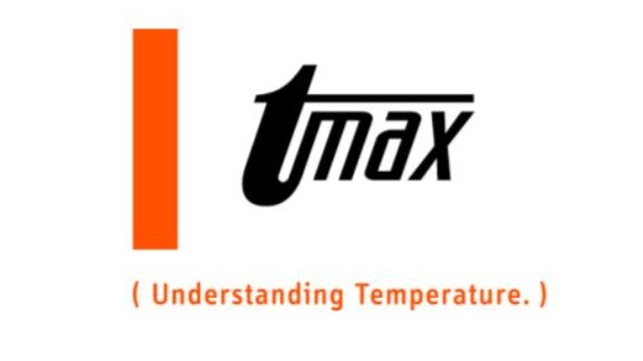tmax Patents Valve for Lithium-Ion Battery Housing

The use of lithium-ion batteries is associated with high thermal risks. This is why general safety in the event of fire plays an essential role in the development of battery housing. With the newly developed and patented pressure compensation and pressure overload valve (PCO valve), tmax provides increased fire protection in case of a so-called thermal runaway, i. e. in the event of fire inside the housing, thus helping to minimize the thermal risk.
Requirements for a valve: Pressure compensation and overload
Since lithium-ion batteries are currently made primarily with oxidic cathode material due to the high charging density, an ignited fire will continue to supply itself with oxygen. It will keep burning even inside the closed housing, which creates the risk of propagation, i. e. the ignition of other, neighboring battery cells.
Without appropriate measures in the design, the pressure generated inside the housing becomes too high, there is a risk of bursting or a failure of the sealing systems and the highly toxic flue gases can escape uncontrolled. The valve is designed to prevent such an event and instead release the flue gases into the environment in a controlled process once a defined overpressure has been reached. Due to the high temperatures, the basic structure of the valve should be fireproof.
The solution: Pressure compensation and pressure overload valve (PCO valve)
Since the PCO valves available on the market don’t meet the requirements in terms of temperature resistance and the precise (low) burst pressure needed, tmax has developed its own safety valve. The implemented design principle ensures a very low tolerance of the individually designed burst pressure (starting at 250 mbar). The PCO valve also features a compact design and complies with the protection class IP-67 and IP-6k9k. All of the individual components are manufactured without specific tools, which means that the parameters of the airflow and burst pressure can be easily scaled by adjusting the geometry. This also makes it possible to produce smaller quantities without tool cost surcharges. The metallic design ensures optimal EMC shielding and enables an optional connection for routed smoke degassing via a connected duct system.
Use of a semi-permeable membrane compensates for the natural heat expansion during the charging and discharging of the battery and the air pressure fluctuations in the environments. A rupture disk is used for the pressure overload function (burst function). If the pressure in the housing gets too high, the interaction between the membrane and rupture disk enables the valve to open. This allows the controlled release of the pressurized gas from the housing.
The labyrinthine design also ensures that the escape or spread of flames is greatly reduced in case of fire.
The functionality of the system was tested at tmax’s own R&D laboratory. This resulted in a confirmation of the burst pressure setting options and their narrow tolerance along with the protection class. The system was patented.
The products and services herein described in this press release are not endorsed by The Maritime Executive.
